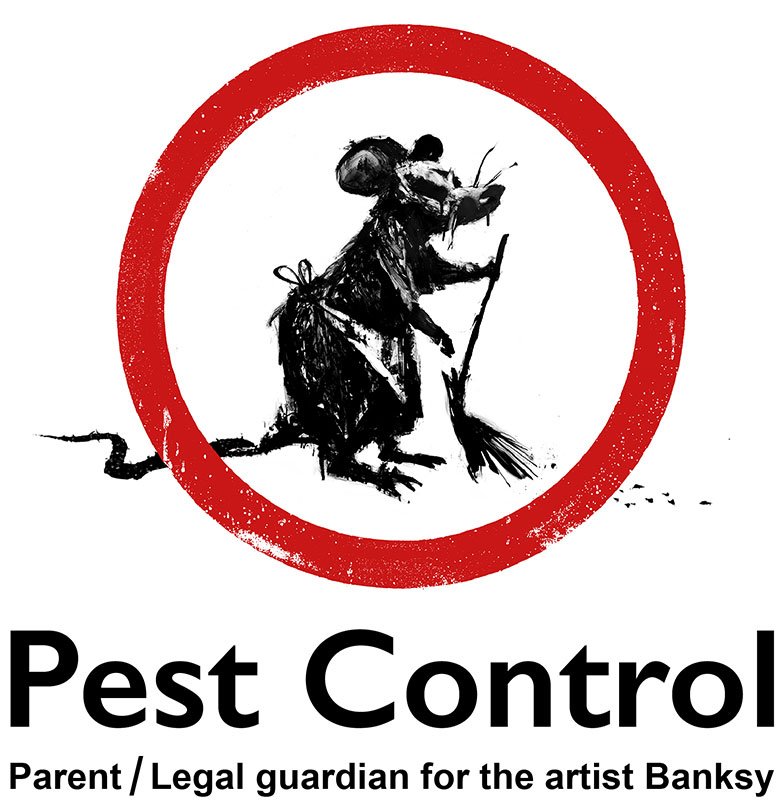A1 Bed Bug Exterminator Charlotte - Efficient and Cost Effective Services
A1 Bed Bug Exterminator Charlotte - Efficient and Cost Effective Services
Blog Article
Bed Pest Therapy Break Down: Contrasting Chemical Vs. Non-Chemical Solutions
In the world of bug control, specifically when managing the consistent concern of bed insects, the choice in between chemical and non-chemical treatment remedies can be a critical one. Both techniques supply distinct benefits and drawbacks, influencing elements such as efficiency, safety considerations, and overall expense. By analyzing the nuanced details of each technique, a more clear understanding of which path to go after in attending to a bed insect infestation can be acquired.
Performance of Chemical Therapies
Chemical therapies for bed bug invasions have been widely acknowledged for their rapid and powerful efficacy in removing these pests. When taking into consideration the effectiveness of chemical therapies, it is important to recognize that they can supply a quick and complete solution to a bed pest trouble.
Additionally, chemical treatments have the benefit of using recurring results, implying that they can continue to eliminate bed pests also after the first application. This recurring activity is particularly advantageous in combating any kind of prospective re-infestations. In addition, the rapid action of chemical treatments can bring relief to individuals facing severe bed bug invasions, permitting them to gain back control of their living rooms quickly.
Safety And Security Worry About Chemical Solutions
One important facet that needs careful consideration when making use of chemical remedies for bed bug therapy is making certain the safety of passengers and the environment. Exposure to certain chemicals utilized in bed insect therapies can lead to respiratory system issues, skin inflammation, or various other adverse reactions, especially in individuals with pre-existing conditions or level of sensitivities.
Furthermore, the ecological influence of chemical solutions is one more significant consideration. Some pesticides made use of in bed bug therapies might be hazardous to helpful insects, wildlife, and ecosystems if they leach right into the soil or water supply. It is necessary to make use of chemical treatments sensibly, complying with safety guidelines, and thinking about much less poisonous choices to mitigate these risks and ensure the reliable and secure administration of bed insect invasions.
Advantages of Non-Chemical Approaches
Considering the potential security issues and environmental influence connected with chemical solutions for bed bug therapy, exploring non-chemical approaches presents an appealing option with several unique advantages. Non-chemical approaches provide a more secure alternative for homes, especially those with people, youngsters, or animals conscious harsh chemicals. These techniques eliminate the dangers of direct exposure to hazardous compounds, lowering the potential for negative wellness impacts. In addition, non-chemical treatments are environmentally friendly, as they do not contribute to air or water contamination, making them a sustainable option for bug control.
In addition, non-chemical remedies can be effective in targeting bed bugs, including hard-to-reach areas where chemical treatments may not penetrate - A1 bed bug exterminator charlotte. Methods such as warmth therapy, vacuuming, vapor cleansing, and mattress encasements offer complete eradication without the use of unsafe chemicals.
Limitations of Non-Chemical Treatments

Furthermore, non-chemical treatments often require several applications to attain successful elimination. This can be time-consuming and may not always ensure complete elimination of all bed insects and their eggs, especially in surprise or hard-to-reach places.
Additionally, the success of non-chemical treatments greatly relies upon appropriate execution and thoroughness, which can be challenging for individuals without professional expertise. Insufficient application of non-chemical techniques may lead to insufficient eradication, leading to consistent infestations and the requirement for additional therapies.
As a result, while non-chemical therapies have their advantages, it is vital to acknowledge these restrictions and consider them when establishing one of the most efficient method for managing bed pest infestations.
Cost Contrast: Chemical Vs. Non-Chemical Options
Offered the restrictions associated with non-chemical therapies, a crucial aspect to evaluate in the context of bed insect administration is the cost contrast in between chemical and non-chemical alternatives. In comparison, non-chemical treatments like warm treatment or heavy steam can be a lot more costly, with prices ranging from $1,000 to $6,000 for a whole home. While the first price of chemical therapies may appear reduced, multiple treatments might be required to fully remove the infestation, potentially enhancing the total expense.
Verdict

Considering the prospective safety issues and ecological impact linked with chemical remedies for bed insect therapy, exploring non-chemical techniques offers an encouraging option with several distinct benefits.Given the constraints linked with non-chemical treatments, a crucial aspect to assess in the context of bed insect monitoring is the cost contrast between chemical and non-chemical alternatives. In contrast, non-chemical treatments like warmth treatment or heavy steam can be a lot more expensive, with costs ranging from $1,000 to $6,000 for an entire home. While the initial cost of chemical therapies might appear lower, several treatments might be needed to completely eliminate the infestation, possibly boosting the overall cost.In conclusion, when contrasting chemical and non-chemical bed insect therapy choices, it is vital to take into consideration performance, security, benefits, limitations, and expense.
Report this page